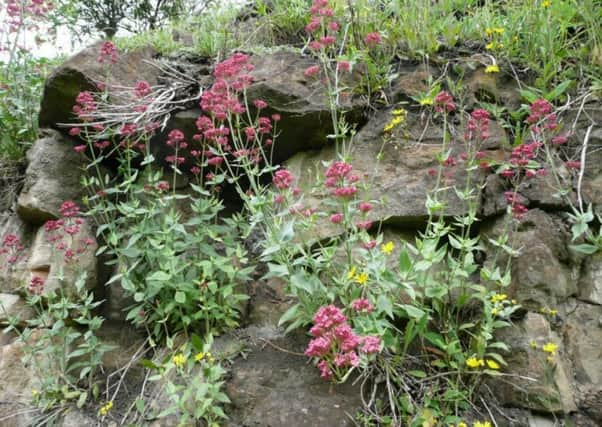Country Diary: A pageantry of spring flowers are now seeding


I haven’t seen or heard a single cuckoo, but I have found a considerable amount of cuckoo spit – particularly on our lavender! The white froth is abundant on vegetation from late spring, and not only prevents the young green nymphs of froghoppers from drying out, but also screens them from enemies.
What are froghoppers, you may well ask? They’re bugs with the ability to leap, and are also known as spittle bugs, because the nymphs pump out from their hind ends, a mass of froth. If you gently poke the froth with a straw or stalk, you’ll discover the nymph inside. Do re-cover it to prevent dessication.
Advertisement
Hide AdAdvertisement
Hide AdOn many old stone walls are curtains of ivy-leaved toad-flax – its stems bearing numerous snap-dragon like flowers of pale purple hue. It was introduced from the Mediterranean region around 1640 and became popular in rock gardens. In Britain it gained the name, Mother of Thousands, as when once established it’s difficult to eradicate. The leaves are lobed like ivy, and often slightly hollowed in the centre.
Why the connection with toads? Well, when the petal tube is nipped and the ‘mouth’ opens, it resembles the gaping mouth of a toad. Also, when a single flower is placed on its back, it resembles a small, young frog or toad emerging from the tadpole stage – including its ‘tail’ which is the spur of the flower.
From May until late into the year the snapdragon-like flowers are produced. Some survived throughout last winter!
Take a stroll from Scarborough’s Foreshore to the Spa, and another plant has established itself delightfully in crevices of walling. Similarly so, on castle walls. The red valerian was introduced in the 16th century, and became a popular garden plant known as Bouncing Bess or Pretty Betsy.
Advertisement
Hide AdAdvertisement
Hide AdIn South Yorkshire, folk called it ground lilac. Flowers of red, pink and white do resemble lilac if you smell them. Why, to some folk, does it have an unpleasant odour? Take a sniff a few days later, and its ‘fragrance’ more resembles that of stale perspiration! Apparently valeric acid is present in both valerian and perspiration. Butterflies are attracted to the nectar supply, and their visits effect pollution.
Their attractive leaves are blue-green, and when young may be eaten in a salad. The French and Italians seem to enjoy them but if boiled, and tossed in butter, as it reduces their bitterness. Roots are used in soup-making too, in France!